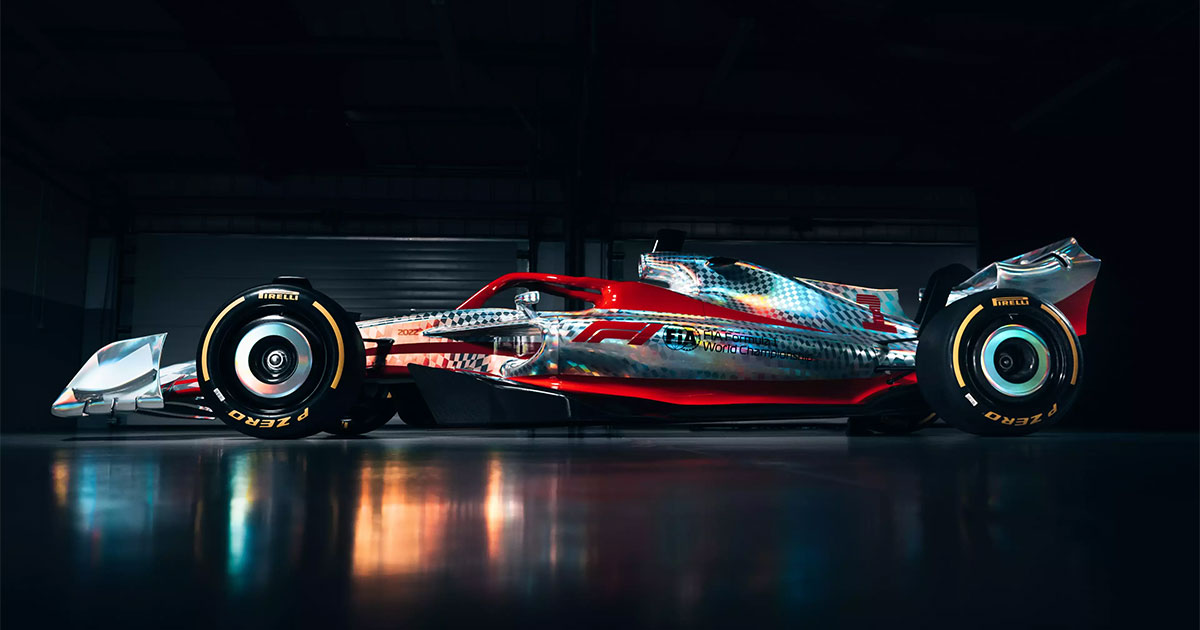Formula One (F1) is the pinnacle of motorsport, captivating millions with its blend of speed, precision, and high-stakes competition. This thrilling sport combines cutting-edge technology, elite driving talent, and strategic brilliance, making it one of the most exhilarating spectacles in the world. Let’s delve into the fascinating world of Formula One, exploring its history, key components, and the elements that make it so compelling.

The History of Formula One
Origins and Evolution
Formula One’s roots can be traced back to the early 20th century when European Grand Prix motor racing gained popularity. The first official Formula One World Championship race took place at Silverstone, UK, in 1950. Over the decades, the sport has evolved dramatically, with advancements in car design, safety measures, and race strategies.
Legendary Drivers and Teams
Throughout its history, Formula One has seen numerous legendary drivers and teams. Icons like Juan Manuel Fangio, Ayrton Senna, and Michael Schumacher have left indelible marks on the sport. Teams such as Ferrari, McLaren, and Mercedes have consistently been at the forefront, showcasing engineering excellence and competitive prowess.
The Anatomy of a Formula One Car
Engineering Marvels
Formula One cars are engineering masterpieces designed for optimal performance. They are built with lightweight materials like carbon fiber to ensure maximum speed and agility. Aerodynamics play a crucial role, with every component meticulously crafted to minimize drag and maximize downforce.
Power Units
The heart of an F1 car is its power unit, a complex hybrid engine that combines a turbocharged internal combustion engine with electric motors. These power units deliver immense power while also recovering and storing energy, highlighting the sport’s commitment to sustainability and technological innovation.
The Drivers: Masters of Speed
Skill and Precision
F1 drivers are among the most skilled athletes in the world. They possess extraordinary reflexes, precision, and physical endurance. Piloting an F1 car requires not just speed but also strategic thinking and the ability to make split-second decisions under immense pressure.
Training and Preparation
The preparation of an F1 driver is rigorous. Training involves extensive physical conditioning, mental fortitude exercises, and countless hours in simulators. Drivers must be adept at understanding their car’s intricacies and collaborating with engineers to fine-tune performance.
The Circuits: Arenas of Speed
Iconic Tracks
Formula One races are held on some of the most iconic tracks globally, each with unique challenges and characteristics. The Circuit de Monaco, with its narrow streets and tight corners, is renowned for its difficulty. Silverstone, Spa-Francorchamps, and Suzuka are other legendary circuits that test drivers’ skills to the limit.
Street Circuits vs. Purpose-Built Tracks
F1 races occur on a mix of street circuits and purpose-built tracks. Street circuits, like those in Monaco and Singapore, offer unique challenges with their confined spaces and varying surfaces. Purpose-built tracks, such as those in Abu Dhabi and Austin, provide controlled environments designed for high-speed racing.
The Strategy: A Chess Game at 200 MPH
Tire Management
Tire management is a critical aspect of race strategy. Teams must decide on tire compounds, balancing grip and durability to optimize performance. Pit stops for tire changes can make or break a race, adding a strategic layer to the high-speed competition.
Fuel and Energy Management
Managing fuel and energy is essential in modern F1. Teams must ensure that cars have enough fuel to finish the race while adhering to weight restrictions. The hybrid power units require careful energy deployment, with drivers managing battery usage for optimal performance.
The Fans: Passionate and Devoted
Global Community
Formula One boasts a global fan base, with millions of passionate followers. From attending Grand Prix events to engaging in online forums, F1 fans are deeply invested in the sport. The sense of community and shared excitement is a significant part of F1’s allure.
Innovations and Engagement
F1 has embraced digital innovations to enhance fan engagement. Virtual Grand Prix, behind-the-scenes content, and interactive apps allow fans to immerse themselves in the sport. Social media platforms provide real-time updates and insights, connecting fans worldwide.
The Future of Formula One
Sustainability Initiatives
Formula One is committed to a sustainable future. Initiatives include the development of carbon-neutral fuels, reducing the sport’s carbon footprint, and promoting diversity and inclusion within the industry. These efforts aim to ensure that F1 remains a leading force in global motorsport while addressing environmental and social responsibilities.
Technological Advancements
The future of F1 will see continued technological advancements. From further innovations in aerodynamics to the integration of artificial intelligence and machine learning, the sport will keep pushing the boundaries of what’s possible. These developments will enhance performance, safety, and the overall spectacle.
Conclusion
Formula One is more than just a sport; it’s a fusion of art, science, and competition. Its rich history, technological marvels, strategic depth, and passionate community make it a unique and thrilling world to explore. Whether you’re a lifelong fan or new to the sport, Formula One offers endless excitement and inspiration. As the sport continues to evolve, it promises even more breathtaking moments and groundbreaking innovations, solidifying its place at the pinnacle of motorsport.